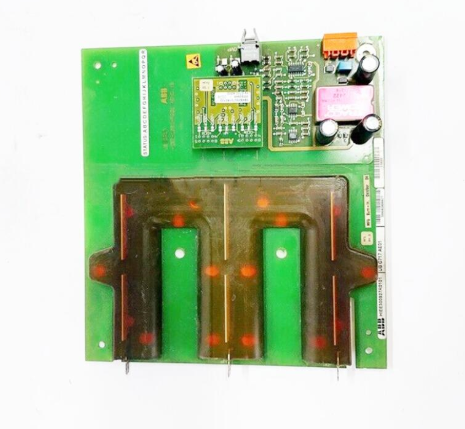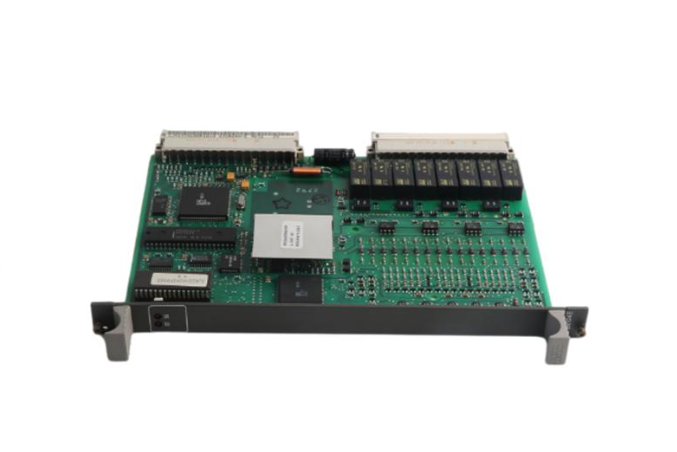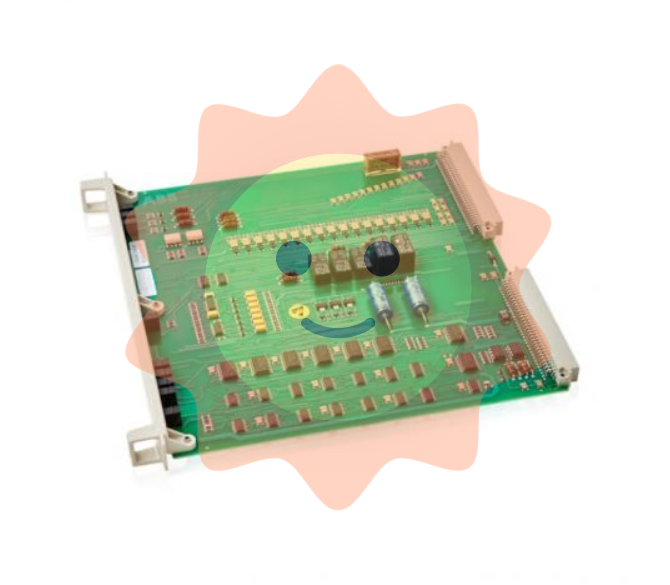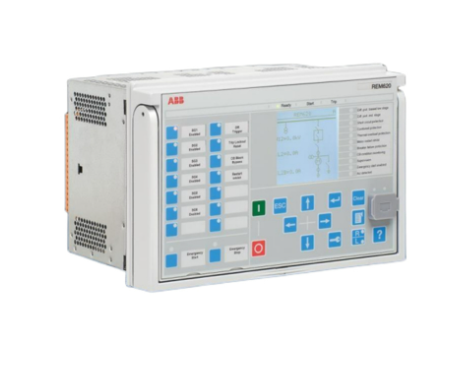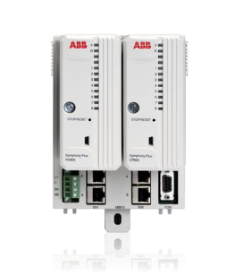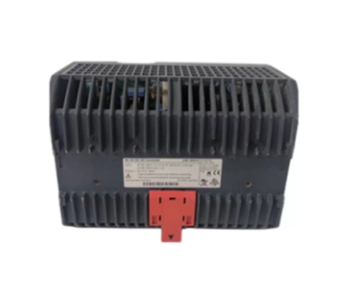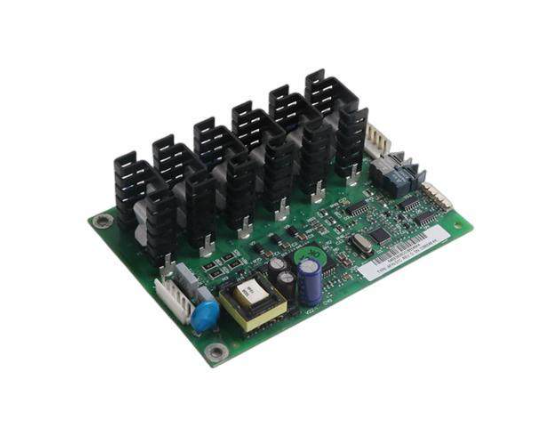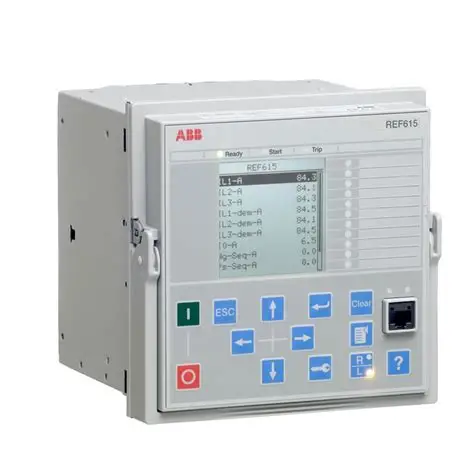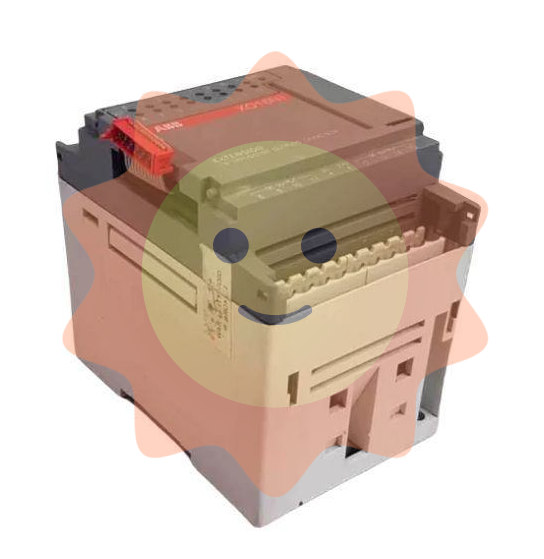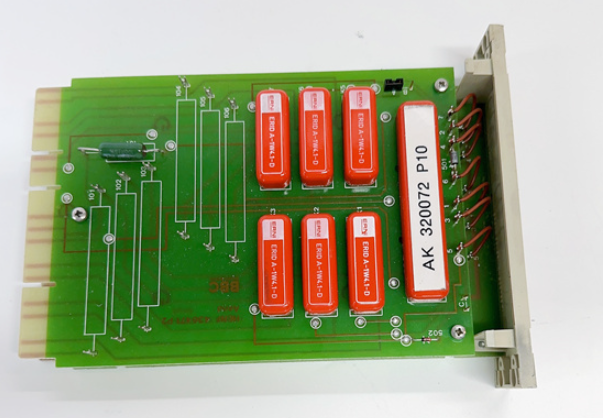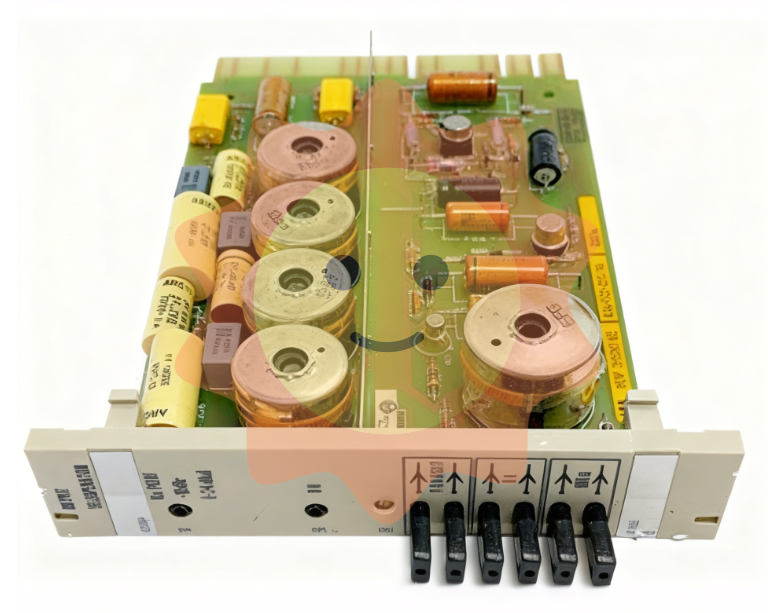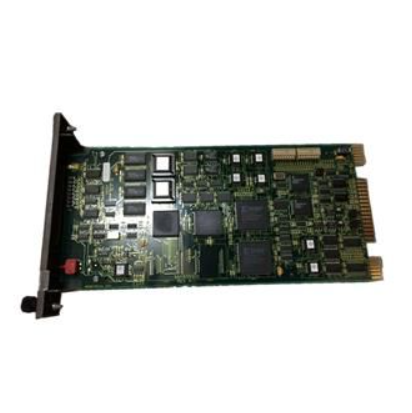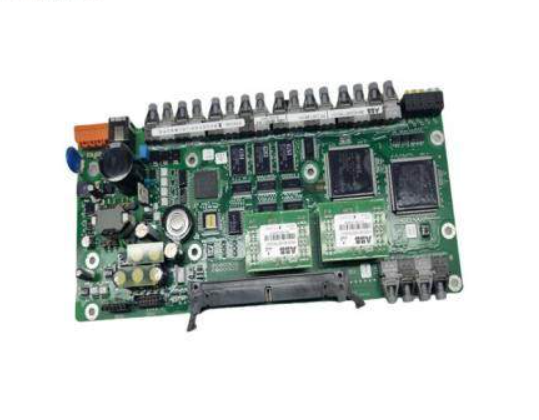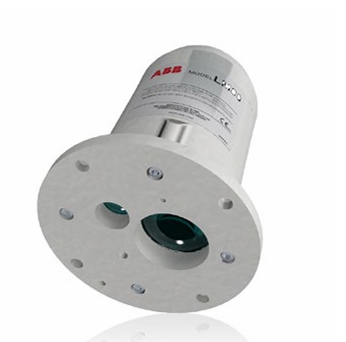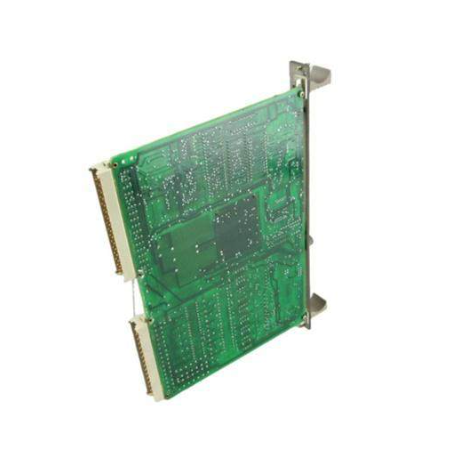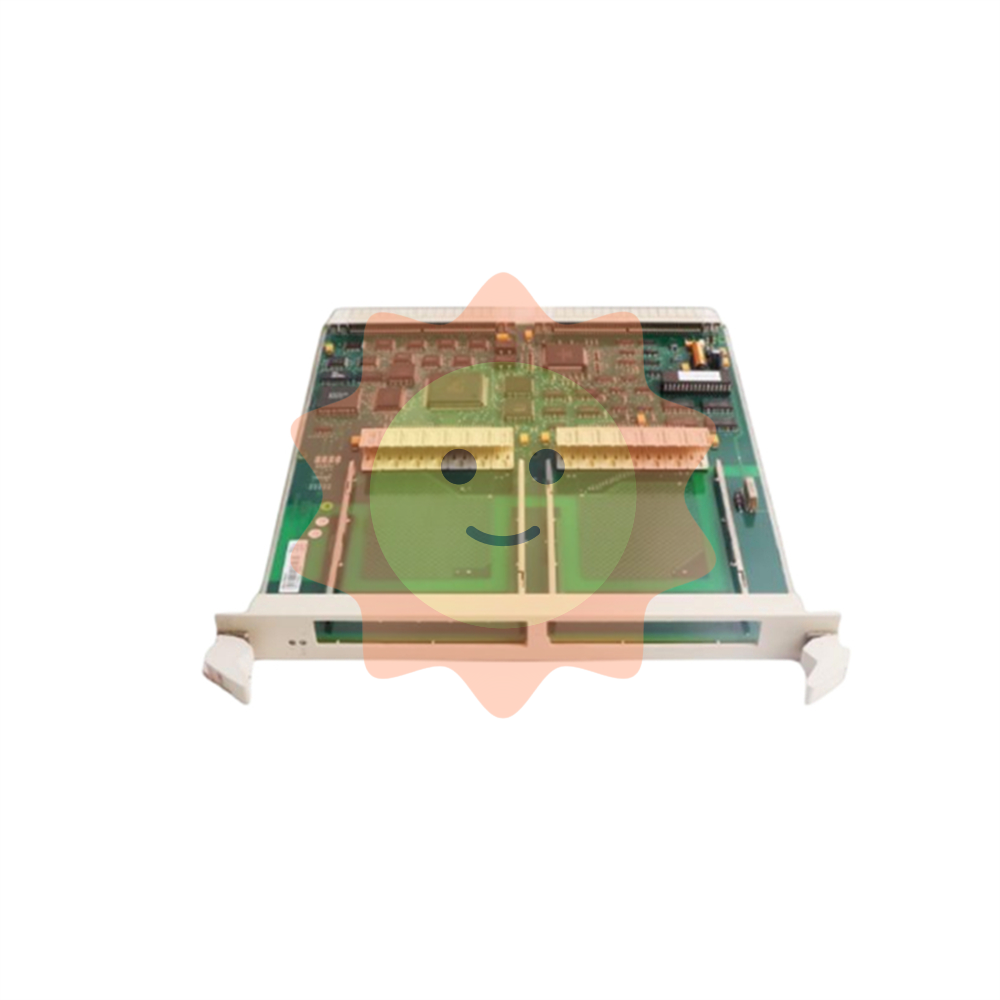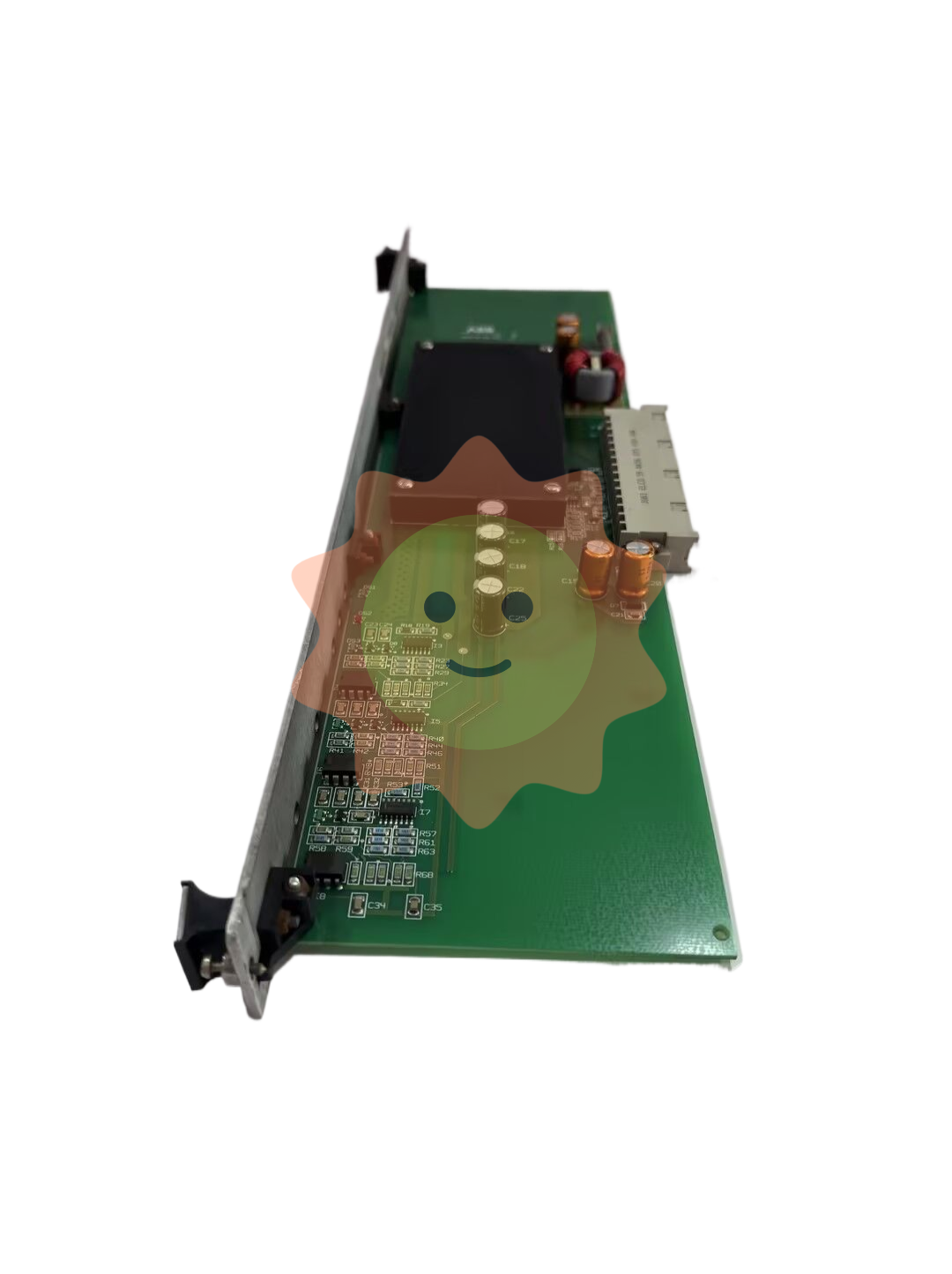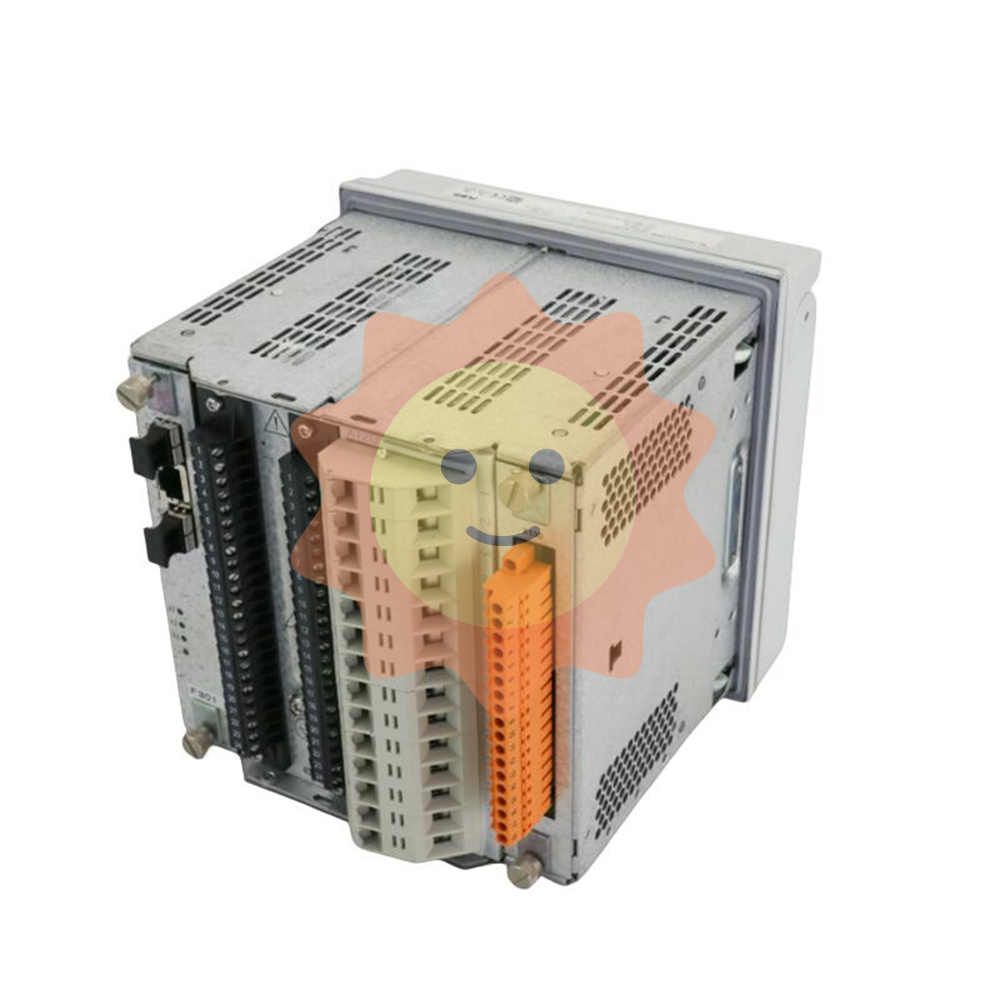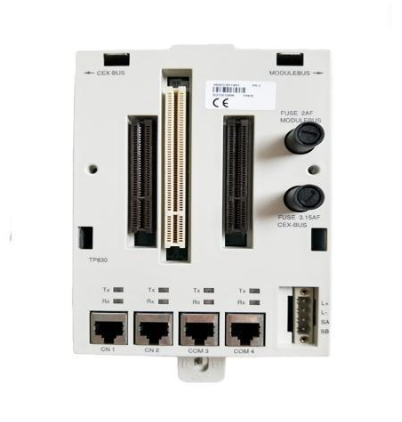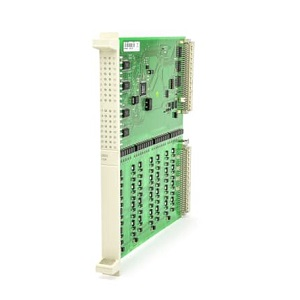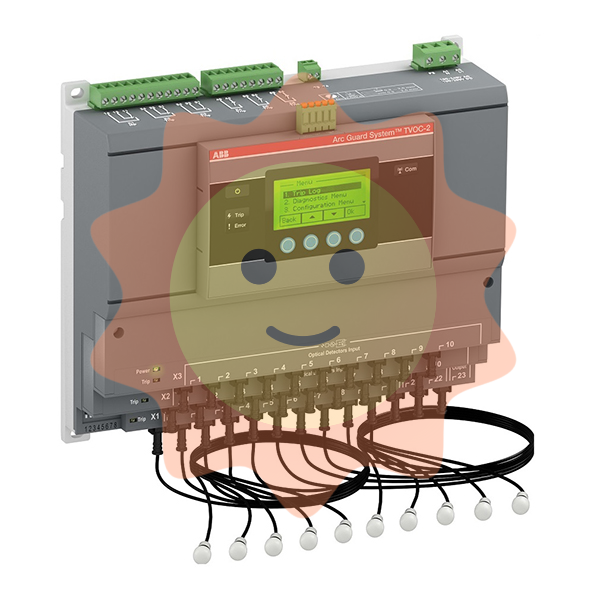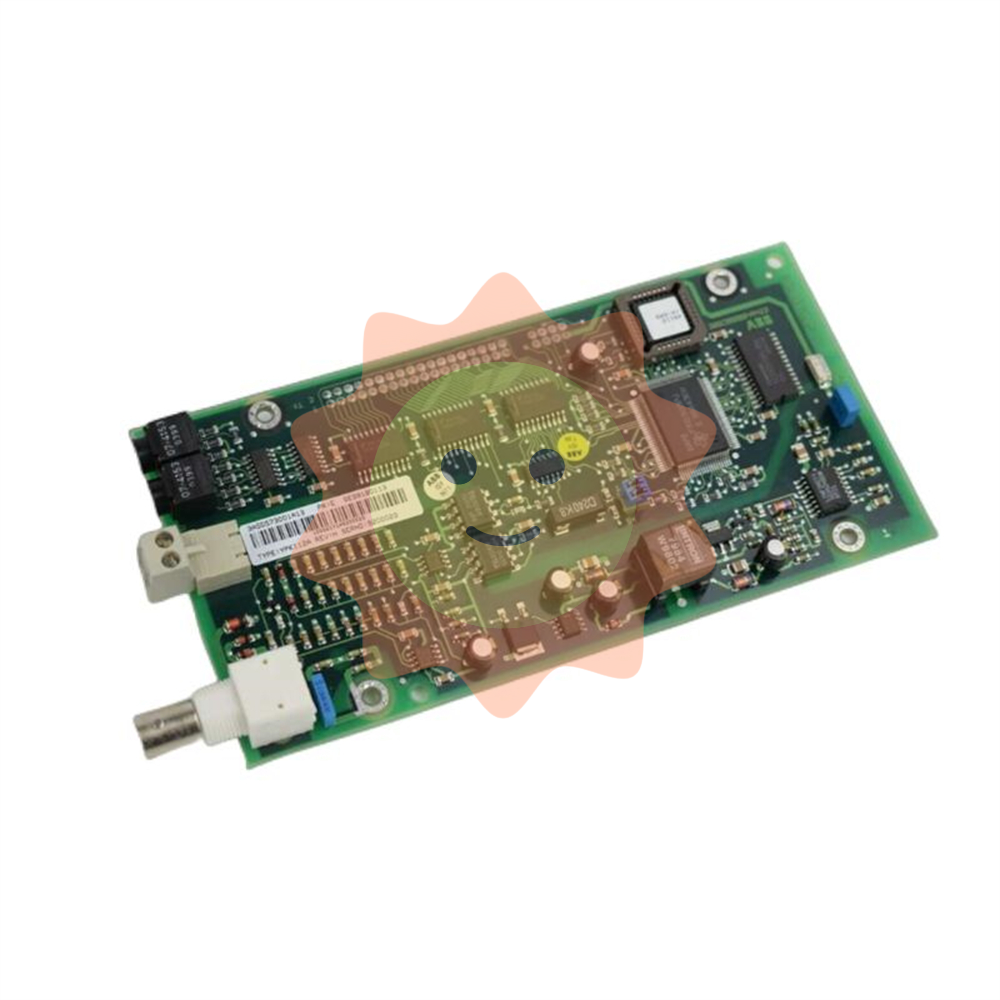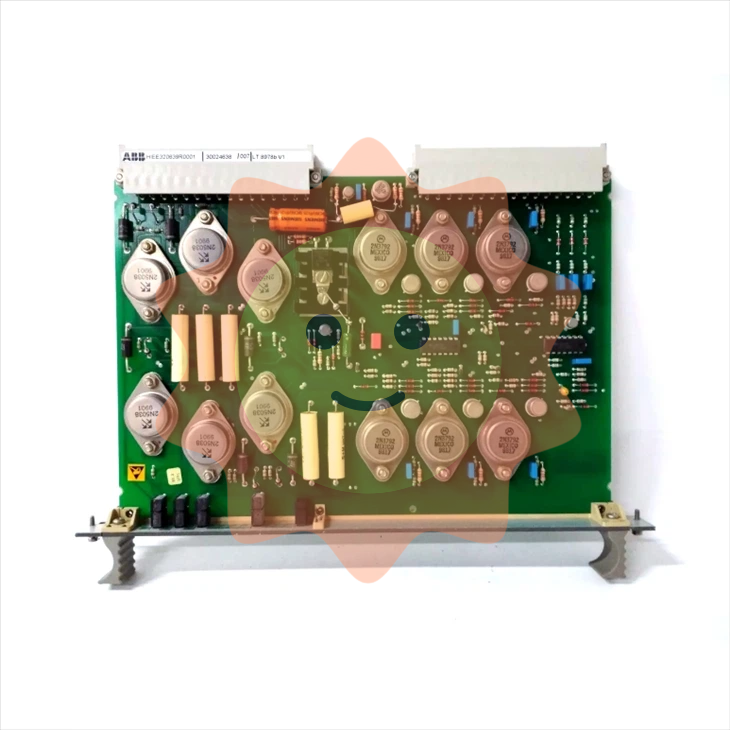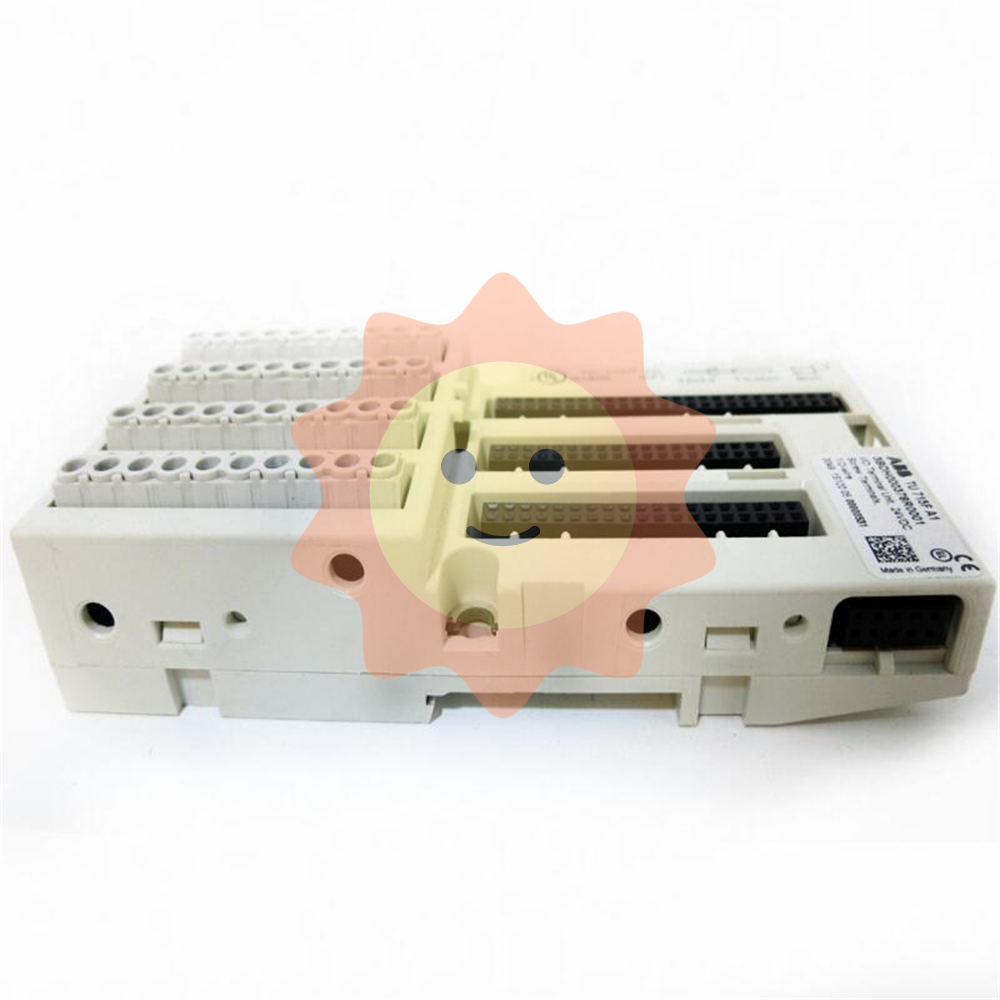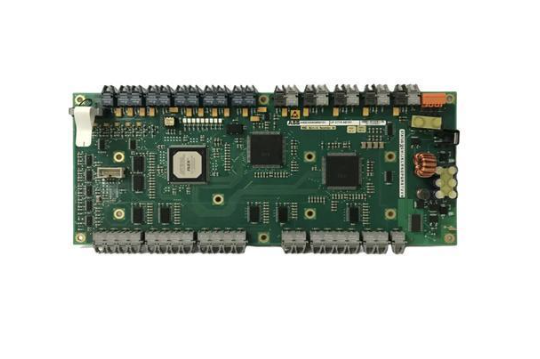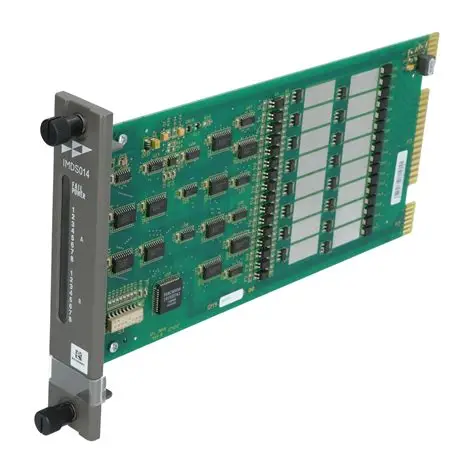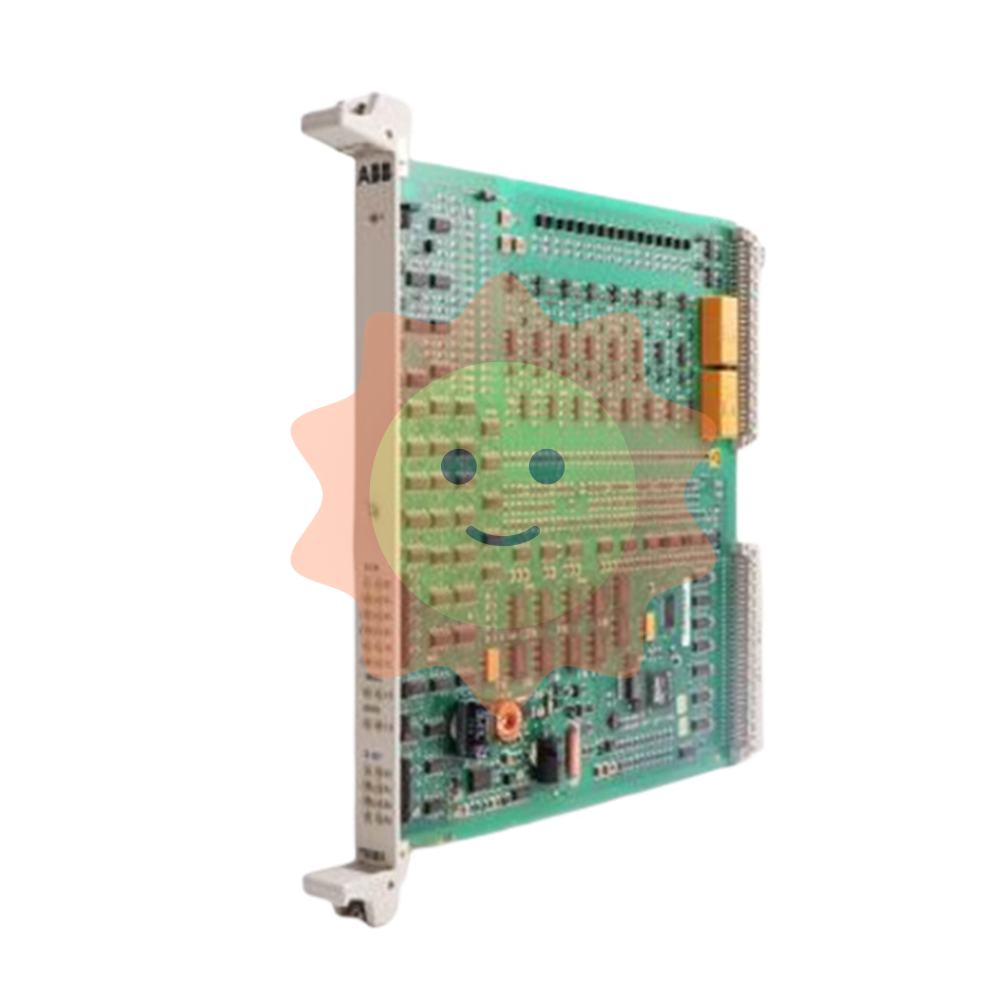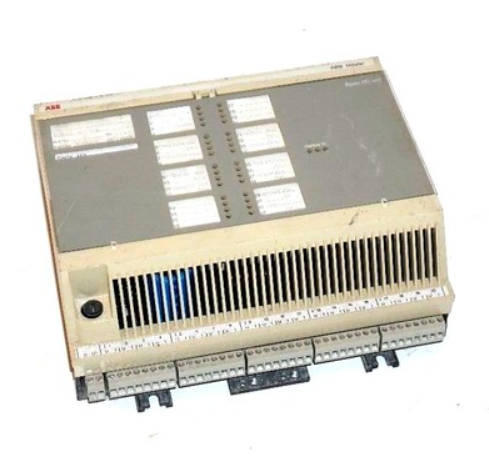The competition pattern and development prospect of mining engineering construction general contracting industry and the four barriers of market scaleThe competition pattern and development prospect of mining engineering construction general contracting i
1. Industry competition pattern
International market competition pattern. There are huge differences in the distribution of global mineral resources, and the mining development market is relatively prosperous in regions with rich resource reserves. Due to the different degree of industrialization in each region, the technical level and competitive ability of mine development service providers are also different. Looking back on the history of more than one hundred years, with the industrialization and post-war reconstruction of Western developed countries, the mining development industry has also developed rapidly, which has also given birth to a group of large-scale international mining (metal mining) development enterprises, which control the world's main mineral resources. In addition, mining development technology and equipment more developed countries are mainly concentrated in Europe and the United States and other regions, such as Australia, Canada, South Africa, Germany, Sweden, Finland and so on. Therefore, at present, the international large-scale mine development service providers are mainly from Western developed countries, these international service providers have strong technical strength and financial advantages, and have good cooperative relations and communication channels with developers, almost all the global large-scale high-quality mine development service business.
In the past two decades, the countries and regions with more prosperous mining development markets include Australia, South Central Africa, South America, Canada, China, Russia and so on. The above countries and regions have emerged a large number of small and medium-sized mine construction and labor subcontracting service providers, mainly engaged in small and medium-sized mine shaft and tunnel construction and labor subcontracting business, small and medium-sized mine development service market competition is relatively fierce.

Domestic market competition pattern. According to the current competition situation of the domestic mine engineering construction general contract market, the domestic mine development service market can be divided into high-end service market, mid-end service market and low-end service market from the aspects of the size of service objects, the strength of comprehensive strength, the level of entry barriers, and the standard degree of service mode. The main characteristics of the high-end market are the scale of mine development, large development potential, high technical content, safety management requirements, entry barriers and brand attention, and weak service prices affected by macroeconomic trends. The main conditions for service providers to participate in high-end market competition are large enterprise scale, high industry qualification level, standardized management, profound technical accumulation, high goodwill and strong financial strength. In terms of the operation mode of cooperation with the owner, the high-end service market generally adopts the package contract mode of design-construction-mining operation or the service mode of engineering construction and then mining operation management, so as to reduce the cost and expenditure of the transformation of each link of the industrial chain and achieve the most economic and stable transition between each process. At present, the development of mineral resources is gradually developing in the direction of deep and large-scale, and a number of large-scale and deep-buried mines are gradually proved and entered the development stage. For the subsequent survival and development of some large old mines, a large number of resources have been discovered in the deep part of the mining area. However, the mining of deep resources has high requirements for engineering technology and professional equipment, forming a high market barrier.
The service demand of a large number of small mining enterprises has spawned a large number of small mining engineering companies and labor subcontractors, forming a relatively large low-end service market. Because small mines and labor subcontracting service projects usually have low technical content, they are generally operated in the form of contract processes (contract ore transport, contract rock drilling, contract installation, etc.), package sections, and contract cleaning, etc., and the market entry threshold is low, resulting in oversupply and fierce competition in the low-end market of mine construction general contracting. Moreover, its price is more sensitive to macroeconomic trends and fluctuates greatly. In addition, due to historical changes, large state-owned mining enterprises in China have generally adopted the employment mode of farmer rotation. In recent years, due to changes in national employment policies, these enterprises have begun to use a large number of labor subcontracting or operation mode of process and section subcontracting, which further expands the low-end service market. In recent years, the state and various provinces and cities have introduced a series of policies to encourage the reorganization and merger of mining enterprises and restrict the development of small mines, and plan to standardize and rectify the existing small mines through measures such as closure and transfer. Therefore, the low-end service market may show a gradual shrinking trend.
In the mid-range service market, both large and small service providers will participate, so the competition is more intense. If developers pay attention to technology, security, schedule, management and other factors, they will generally choose large service providers, and if they pay attention to price factors, they will choose small and medium-sized service providers. The mining engineering construction industry follows a strict market access and qualification examination and approval system, and requires corresponding qualification levels. According to the "Qualification Standards for Construction Enterprises" issued by the Ministry of Housing and Urban-Rural Development, the qualification levels of mining engineering construction enterprises are divided into super grade, One grade, two grade and three grade in terms of net assets, professional and technical personnel, management level and completed project performance. Mining project construction enterprises may engage in mining project construction activities within the scope permitted by their qualification levels only after they have passed the qualification examination and obtained the corresponding grade of quality certificates.

2. Development opportunities
First of all, the mining engineering construction general contracting industry is closely related to the macro economy. Although it was dragged down by the financial crisis in Europe and the United States in the past few years, it is currently affected by the new coronavirus epidemic, but China's economic growth trend will not change, and the growth rate of the industry will remain stable. Mineral resources are the foundation of national economic development, and resource shortage has become increasingly prominent in China, and resource security has risen to the national strategy. A series of policy documents issued by the national industry authorities clearly propose to further strengthen the development and integration of non-ferrous metals, gold, iron, phosphorus and other mineral resources and exploration work, and promote the construction of large and medium-sized mine projects.
Secondly, China is still in the industrialization stage, and the economy will continue to grow for a long time. At the same time, China's urbanization process will advance steadily, and fixed asset investment will still be an important endogenous force to pull economic growth. The importance of the mineral industry in the national economy is getting higher and higher, and the sustainable and stable development of the mineral industry provides a broad market space for the owners of the general contract of mining engineering construction. In addition, China's large open pit mining consumption of recoverable resources is very large, every year there are a number of open pit mining enterprises released into the underground mining project bidding information. The market increment of large-scale open-pit mines to underground mining provides new market opportunities for service providers engaged in underground mining.
Finally, China's economy continues to develop, and it is difficult to meet the development needs by relying on domestic resources alone. The state and relevant departments have issued a number of policies to support enterprises to "go global" and support qualified enterprises to mine overseas solely or jointly, so as to enhance the ability to secure resources. It has become an inevitable trend for the mining resources development industry in China that the mining development enterprises and the general contractors of mining engineering construction work together to "go out" to develop overseas resources. At present, many domestic mining enterprises have acquired a number of mineral resources projects in short supply in China overseas, which has driven the general contractor of domestic mining engineering construction to go abroad and obtain the development opportunities of overseas markets.
3. Face challenges
First of all, with the acceleration of economic globalization and the promotion of the national "going out" policy, China's mining development service industry will gradually integrate into the international market, and the proportion of international business will increase year by year. However, compared with the developed countries, the relevant enterprises in China have a big gap in professional technology, business structure, machinery and equipment, financial strength, enterprise scale, market experience and development concept, and are facing greater competitive pressure.
Secondly, the mining operation outsourcing model of the domestic mining development service market is an effective reference to the international "contract mining" model. This new model can give full play to the professional ability of service providers, promote the in-depth integration of both parties, and build long-term cooperative relations; However, due to the short running time of this model in China and the complex composition of the participants in the mine development service market, the operation advantages of this new model can not be fully utilized. In terms of contract execution and mutual trust between the supply and demand sides, further running-in is needed, and similar operating models derived from various types of low-end markets in the industry need to be further standardized.

4. Industry barriers
(1) Industry qualification barriers
Blasting technology involved in mining engineering construction is the core of blasting service industry in mining engineering construction. There are inherent risks in the blasting operation process, which cannot be completely avoided. Therefore, blasting construction units are required to complete specific blasting operations under the condition of ensuring safety and accuracy. The state implements a strict market access mechanism for blasting service enterprises, and the industry qualification standards are generally high.
According to the provisions of Article 21 of the Regulations on the Safety Administration of Civil Explosives promulgated by China, the units using civil explosives shall apply for the purchase of civilian explosives to the public security organs of the local people's governments at the county level, and submit the relevant materials including the License of explosive Operations units, after examination, if they meet the conditions, They can only be used after issuing a "Purchase Permit for Civil Explosives". The blasting operation unit shall meet the corresponding civil explosive storage, funds, personnel, special machinery and equipment and performance standards according to the "Qualification Conditions and management requirements of the blasting operation Unit", and can obtain the corresponding level of "blasting operation Unit License" after passing the audit. The mining project construction general contracting enterprise shall also obtain the corresponding level of mining project construction general contracting qualification in accordance with the "Regulations on the Administration of Construction Enterprise Qualification" and "Qualification Standards for Construction Enterprise" promulgated by the Ministry of Housing and Urban-Rural Development, before contracting the mine construction general contracting project within the scope of qualification license.
(2) Technical and talent barriers
The level of construction technology and technical personnel resources are the decisive factors for mining construction service enterprises to establish themselves in the market and industry. Whether the operation unit has mastered the most core blasting technology and designed an excellent construction plan, whether it can improve operation efficiency and reduce operation cost under the premise of ensuring safety and accuracy, and whether it has a mature process combining technology and equipment with industrialization are important factors for its success based on the entire mine service industry. And whether the talent with relevant technology is also an important factor for enterprises to win in the market competition. Therefore, the level of mining construction technology and the professional talents of mining and blasting technology constitute an important barrier for other industries to enter this industry.

(3) Capital and equipment barriers
One of the main business areas of mine construction explosive units is the field of mining and stripping in open pit mines. On the one hand, the mining cycle of large and medium-sized open-pit mining projects is generally long, and the daily expenditure is very large. Before receiving the settlement payment of each period, the construction unit often needs to meet the payment requirements with its own funds, and the strong financial strength is an important condition for the successful completion of the project by the construction unit. On the other hand, large and medium-sized open-pit mining projects also require the construction unit to have excellent performance and a high degree of automation of large-scale mining equipment, so it also requires the construction unit to have a strong financial strength to pay for the funds needed to purchase equipment.
(4) Experience barrier
The blasting service industry involved in mine construction is characterized by the completion of specific blasting construction operations under the condition of ensuring safety and accuracy, and failure usually causes serious consequences and impacts. Therefore, customers have high requirements on blasting operation units, especially blasting operation experience, because it is closely related to the completion degree of projects contracted by blasting operation units. For larger projects, only those companies with a high reputation and rich experience will be eligible to bid.
- EMERSON
- Honeywell
- CTI
- Rolls-Royce
- General Electric
- Woodward
- Yaskawa
- xYCOM
- Motorola
- Siemens
- Rockwell
- ABB
- B&R
- HIMA
- Construction site
- electricity
- Automobile market
- PLC
- DCS
- Motor drivers
- VSD
- Implications
- cement
- CO2
- CEM
- methane
- Artificial intelligence
- Titanic
- Solar energy
- Hydrogen fuel cell
- Hydrogen and fuel cells
- Hydrogen and oxygen fuel cells
- tyre
- Chemical fiber
- dynamo
- corpuscle
- Pulp and paper
- printing
- fossil
- FANUC
- Food and beverage
- Life science
- Sewage treatment
- Personal care
- electricity
- boats
- infrastructure
- Automobile industry
- metallurgy
- Nuclear power generation
- Geothermal power generation
- Water and wastewater
- Infrastructure construction
- Mine hazard
- steel
- papermaking
- Natural gas industry
- Infrastructure construction
- Power and energy
- Rubber and plastic
- Renewable energy
- pharmacy
- mining
- Plastic industry
- Schneider
- Kongsberg
- NI
- Wind energy
- International petroleum
- International new energy network
- gas
- WATLOW
- ProSoft
- SEW
- wind
- ADVANCED
- Reliance
- YOKOGAWA
- TRICONEX
- FOXBORO
- METSO
- MAN
- Advantest
- ADVANCED
- ALSTOM
- Control Wave
- AB
- AMAT
- STUDER
- KONGSBERG
- MOTOROLA
- DANAHER MOTION
- Bently
- Galil
- EATON
- MOLEX
- Triconex
- DEIF
- B&W
- ZYGO
- Aerotech
- DANFOSS
- KOLLMORGEN
- Beijer
- Endress+Hauser
- MOOG
- KB
- Moxa
- Rexroth


Email:wang@kongjiangauto.com

